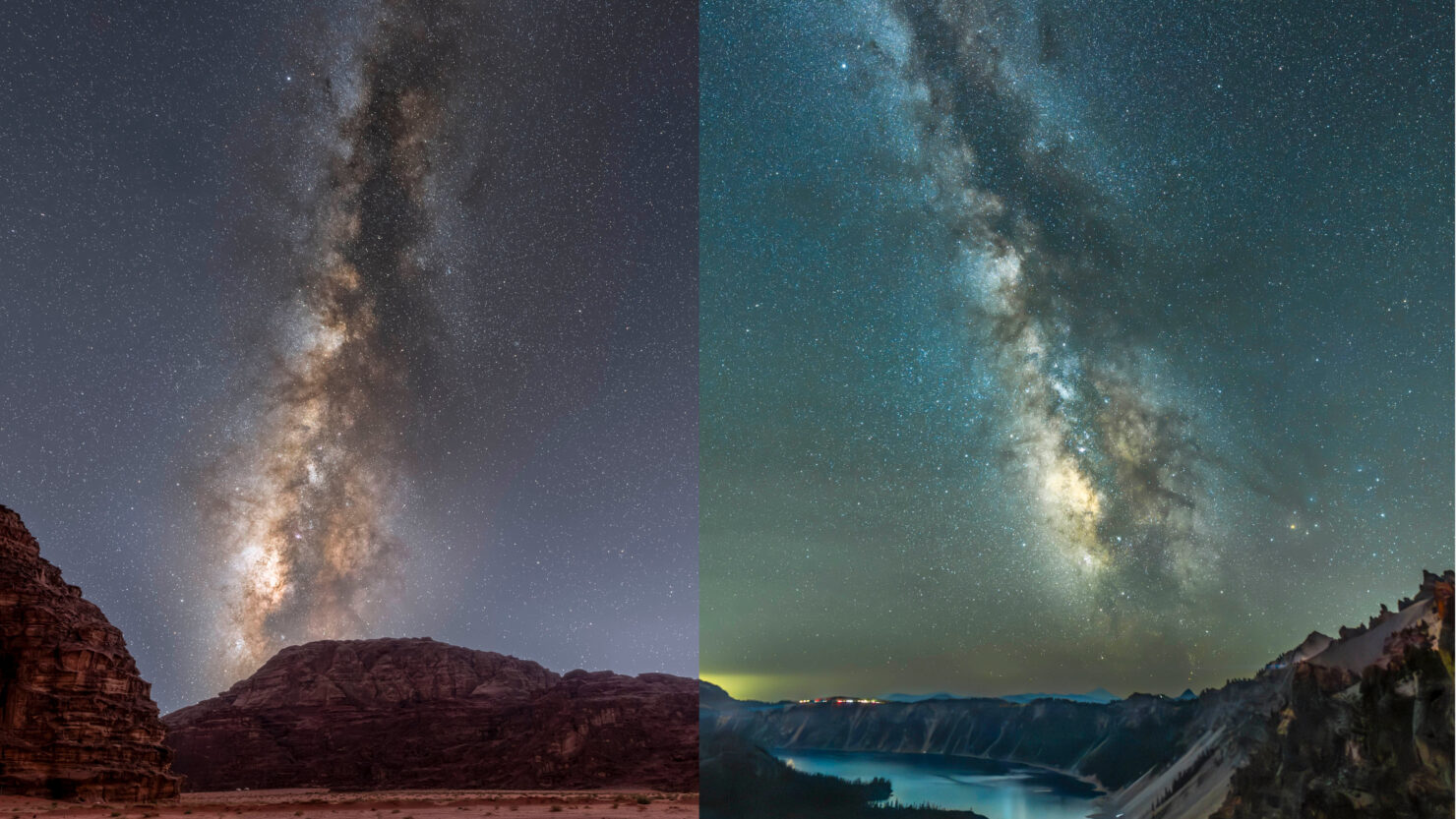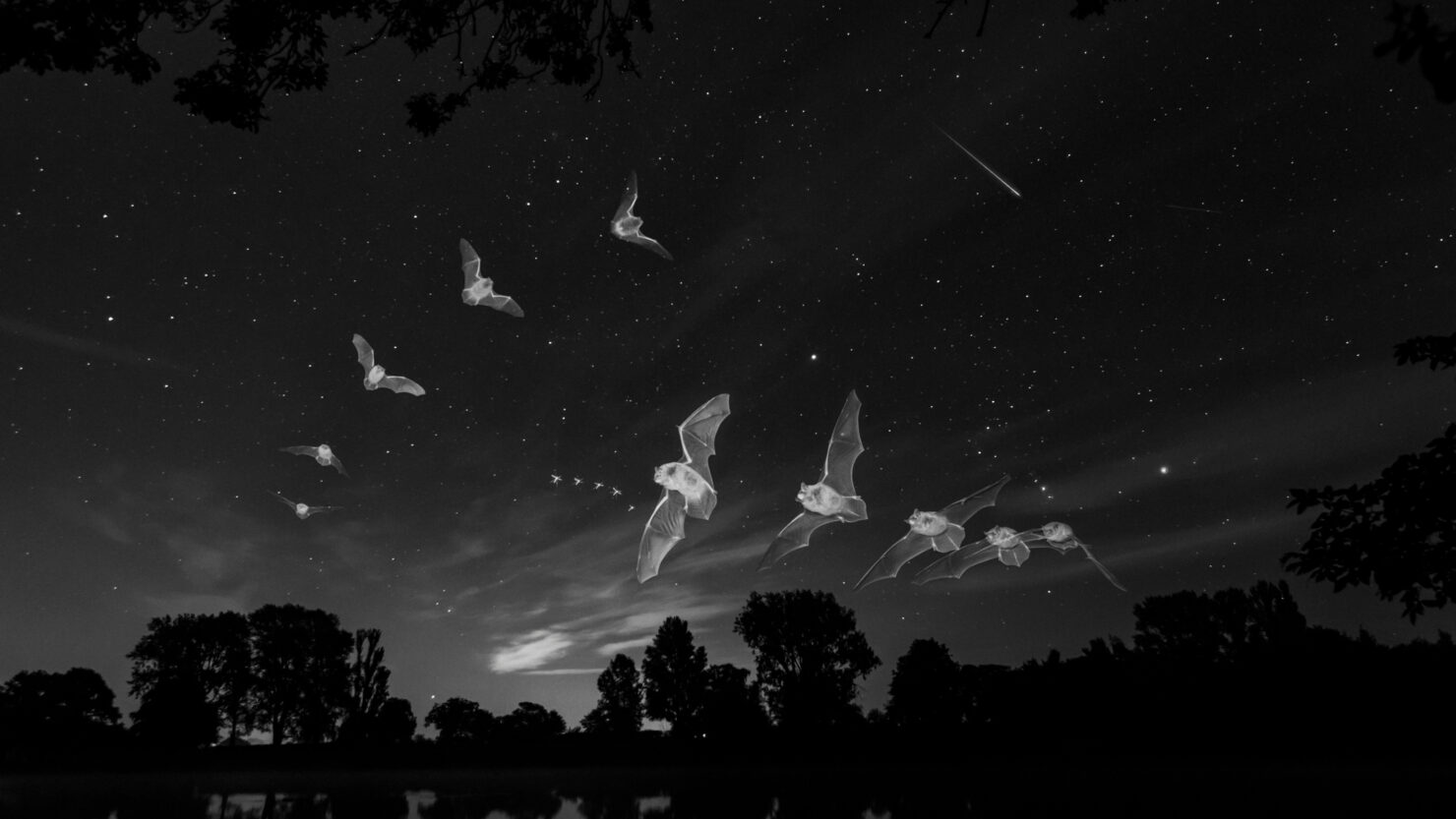Insights into the protection and appreciation of Dark Skies
As a lighting design consultancy, we’re obsessed with light in all its forms—from the ethereal glow of a well-lit gallery to the drama of urban night scapes. But this Dark Skies Week, we’re pausing to honour our greatest muse: the night sky.
We spend our days shaping artificial light, yet the most profound and poetic source of inspiration has always been above us—vast, ancient, and untouchable. This week, we step away from brightness to embrace the dark, and with it, a deeper awareness of the growing Dark Skies Movement.
DarkSky International restores the nighttime environment and protects communities from the harmful effects of light pollution through outreach, advocacy, and conservation.
The Dark Skies Movement: Leisure and Law
Once a niche hobby for backyard stargazers, astro tourism is now soaring in popularity, as travellers seek out remote corners of the world to witness the celestial wonders above. In fact, over 200 locations worldwide are now officially designated Dark Sky sites.
Today, their vision is gaining traction—not just in wilderness retreats, but in urban planning and professional practice. York are now aiming to become the UK’s first Dark Sky City, a milestone that would signal a cultural shift toward urban light pollution reduction.
In 2024 Saudi Arabia became the 22nd country to join this movement with two nature reserves near the city of AlUla gained Dark Sky Park status—the first in the Middle East. These extraordinary landscapes, steeped in both natural grandeur and cultural legacy, are expected to draw astro-enthusiasts from around the globe, redefining luxury travel.
Meanwhile, lighting designers and architects are increasingly adopting frameworks like the ROLAN Manifesto (Responsible Outdoor Lighting at Night), advocating for context-driven, ecological lighting.
And while the numbers and policies are vital, sometimes what’s most compelling is the view.
To better understand the power and importance of dark skies—and how we can seek to experience them better—we spoke to Paul Colley, a decorated conservation photographer and deep space astro-imager, whose work captures the galaxy from his backyard to the Namibian desert.
Q&A with Paul Colley CB OBE FRPS
– Nature Photographer and Advocate for the Night Sky

Left: Milky Way over Wadi Rum, Jordan, Right, Crater lake western rim, Oregon USA
Q: Paul, tell us a bit about how you found your way into astro-photography.
Paul: It all really took shape during the pandemic. I’m originally an underwater photographer, working in oceans and rivers for organisations like Fauna & Flora International. But when travel ground to a halt, I turned my lens upwards—literally. I had already developed a passion for photographing bats at night, which naturally included capturing backgrounds of the night sky. From there, I started teaching myself deep space photography and eventually built a remote-controlled observatory in Spain.
Q: What kind of equipment do you recommend for beginners interested in capturing the stars?
Paul: You can actually start with what you have. A good phone camera can surprise you. But if you’re serious, a DSLR or mirrorless camera and a tripod are game-changers. That’s where the leap happens in quality. I now teach people how to shoot the Milky Way with standard gear, but I’ve personally moved into more advanced techniques that capture galaxies millions of light years away.
Q: Do you have a favourite constellation for beginners to spot?
Paul: Orion is a great one—it’s instantly recognisable, even from semi-rural areas. Orion’s Belt and Sword are easy to spot and stunning to photograph. Polaris and the Plough (Big Dipper) are also key, especially for those in the northern hemisphere. And then there’s the Pleiades, or the Seven Sisters—a small, tight cluster of blue stars that’s easy to find and always captivating.
Q: Where in the world has left the biggest impression on you when it comes to dark skies?
Paul: Namibia, without a doubt. I teach night sky photography there and it’s breathtaking. The skies are so untouched by cultural lighting, it’s like stepping back in time. Photographing quiver trees silhouetted against the Milky Way is something I’ll never forget. I’ve also photographed in Oregon, capturing the Milky Way reflected in a volcanic caldera—phenomenal stuff.
Q: As someone with deep ties to both nature and lighting, what’s your take on light pollution?
Paul: Light pollution is a growing problem. But the good news is, we can design around it. My village recently switched to smart LED downlighting, which not only improved night sky visibility but also allowed nocturnal wildlife—like bats—to return. These older halogen street lights were harsh, ecologically disruptive, and frankly unnecessary. Less light, thoughtfully applied, is often better. It’s not about darkness for the sake of it—it’s about balance.
Q: Any advice for aspiring astro-photographers who also want to protect the environment they’re exploring?
Paul: Always be conscious of your impact. Turn off nearby lights well before shooting—your eyes need time to adjust. Avoid bright white torches, and stick to red lights when moving around. Respecting the space ensures the experience remains magical for everyone—and for the wildlife, too.

You can see more of Pauls photography work and conservation work here:
Insta: @paul_colley
Deep Space images: Telescopius
Web: https://riverphotographer.wordpress.com/
Teaching: Namibia wildlife and astrophotography tours


